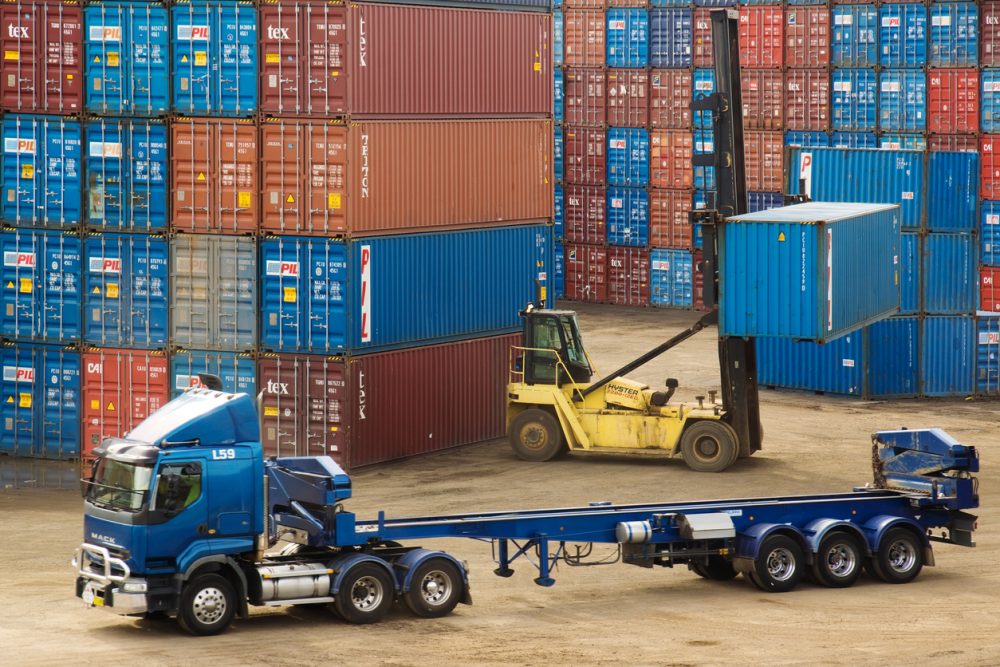The COVID-19 pandemic created unprecedented supply chain issues, with consumers spending record amounts on imported goods. In fact, According to NRF Vice President of Supply Chain and Customs Policy Jonathan Gold, the group’s Global Report Tracker shows “last spring and summer were the busiest ever as consumers spent freely and retailers brought in merchandise to meet demand [and this year] February [despite being] historically the slowest month of the year, but the number was the lowest since 1.53 million TEU in May 2020.”
The National Retail Federation (NRF) reported that during the pandemic “the nation’s ports saw congestion on the water with vessels backed up, as well as on land with terminals full of both loaded and empty containers. There were difficulties with finding enough truckers, a shortage of chassis to carry the containers, and ongoing challenges with rail operations.” This can largely be attributed to the “stay-at-home” recommendation, which caused an unprecedented increase in spending and a bottleneck in the ports.
Although the ports have now cleared, there are still significant issues with the retail supply chain. According to Gold while “consumers are still spending, and retail sales are expected to increase this year, […] we’re not seeing the explosive demand we saw the past two years.”
With a decrease in spending there has been a calming in the ports, with “Global Port Tracker [projecting March to be] at 1.68 million TEU, down 28.2% year over year”. Hackett Associates Founder Ben Hackett warns that because of this decrease in activity, “year-over-year import volumes have been on the decline at most ports since late last year and declining exports out of China highlight the slowdown in demand for consumer goods.” While a decrease in spending has eased pressure on domestic ports, lingering issues brought to light by the pandemic-fueled backlog still need to be examined.
A series of reports published by The Wall Street Journal on labor tensions in Southern California highlight deeper issues in the shipping industry such as incomplete contract negotiations. Paul Berger reports that “flaring labor tensions at West Coast ports are sparking fears of growing work stoppages that would hobble the flow of goods through some of the country’s biggest trade gateways.” According to a statement released by the NRF, “many shippers — including NRF members — [to take] steps prior to the contract expiration to ensure they would not be significantly impacted by potential disruptions, including shifting cargo to East Coast and Gulf Coast ports. Until a contract is settled and ratified, the cargo won’t shift back to the West Coast, which will have its own impact on the supply chain.”
Now we ask the question: What happens if imports do not rise in the next few years? With more shippers choosing to change to East and Gulf Coast ports and people not spending as much, how will the shipping industry adapt? Hackett suggests that “with economic uncertainty continuing, the impact on trade is clear […] Our view is that imports will remain below recent levels until inflation rates and inventory surpluses are reduced.”















